Central role of P2Y6 UDP receptor in arteriolar myogenic tone Gilles Kauffenstein, Sophie Tamareille, Fabrice Prunier, Charlotte Roy, Audrey Ayer, Bertrand Toutain, Marie Billaud, Brant E. Isakson, Linda Grimaud, Laurent Loufrani, Pascal Rousseau, Pierre Abraham, Vincent Procaccio, Hannah Monyer, Cor de Wit, Jean-Marie Boeynaems, Bernard Robaye, Brenda R. Kwak, Daniel Henrion
| Erscheinungsform: | Aufsatz |
| Autor/Urheber: | |
| Beteiligte: | |
| Umfang: | 9 |
| Anmerkungen: | Originally published 2 Jun 2016
Die Zahl 6 ist im Titel tiefgestellt
Gesehen am 17.10.2018 |
| Identifikatoren/Sonstige Nummern: | 1582045496 [PPN] |
| In: | Philadelphia, Pa. : Lippincott, Williams & Wilkins, 1981 36(2016), 8, Seite 1598-1606 volume:36 year:2016 number:8 pages:1598-1606 extent:9 |
| Inhalt: | - Objective—Myogenic tone (MT) of resistance arteries ensures autoregulation of blood flow in organs and relies on the intrinsic property of smooth muscle to contract in response to stretch. Nucleotides released by mechanical strain on cells are responsible for pleiotropic vascular effects, including vasoconstriction. Here, we evaluated the contribution of extracellular nucleotides to MT. Approach and Results—We measured MT and the associated pathway in mouse mesenteric resistance arteries using arteriography for small arteries and molecular biology. Of the P2 receptors in mouse mesenteric resistance arteries, mRNA expression of P2X1 and P2Y6 was dominant. P2Y6 fully sustained UDP/UTP-induced contraction (abrogated in P2ry6−/− arteries). Preventing nucleotide hydrolysis with the ectonucleotidase inhibitor ARL67156 enhanced pressure-induced MT by 20%, whereas P2Y6 receptor blockade blunted MT in mouse mesenteric resistance arteries and human subcutaneous arteries. Despite normal hemodynamic parameters, P2ry6...
|
| URL: | http://dx.doi.org/10.1161/ATVBAHA.116.307739 |
| Weiter im Partnersystem: | https://swb.bsz-bw.de/DB=2.1/PPNSET?PPN=1582045496 |





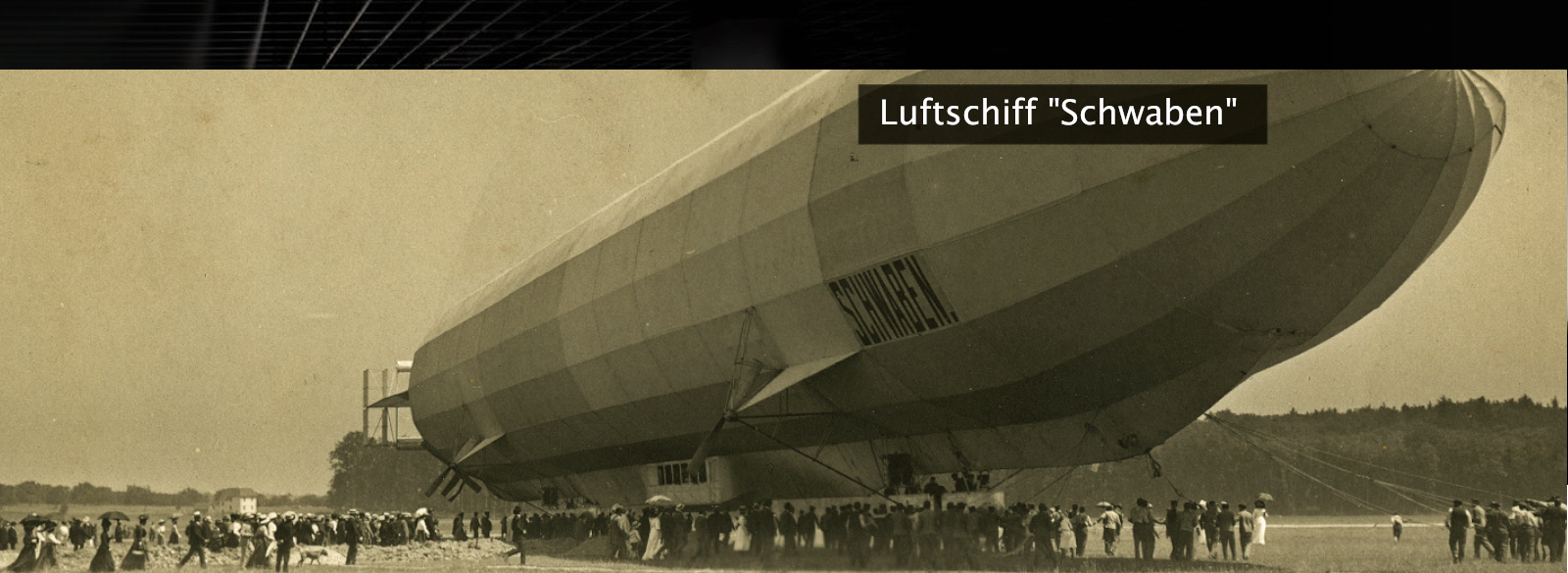

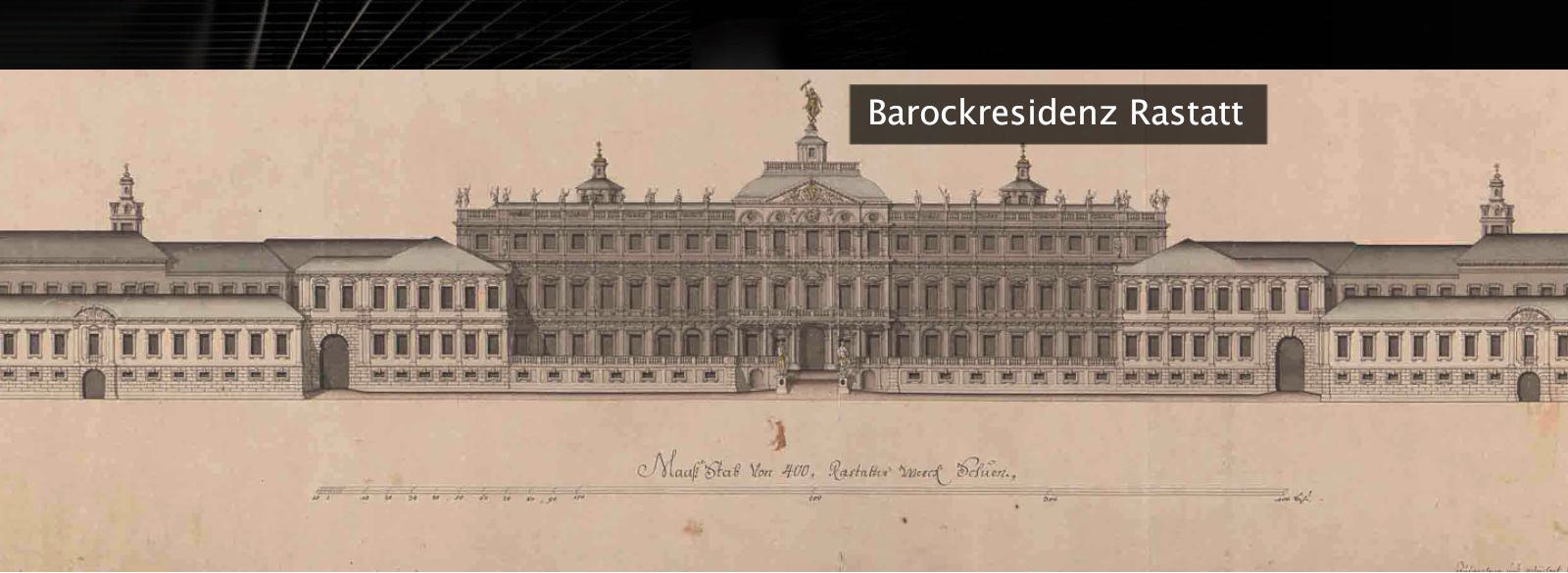
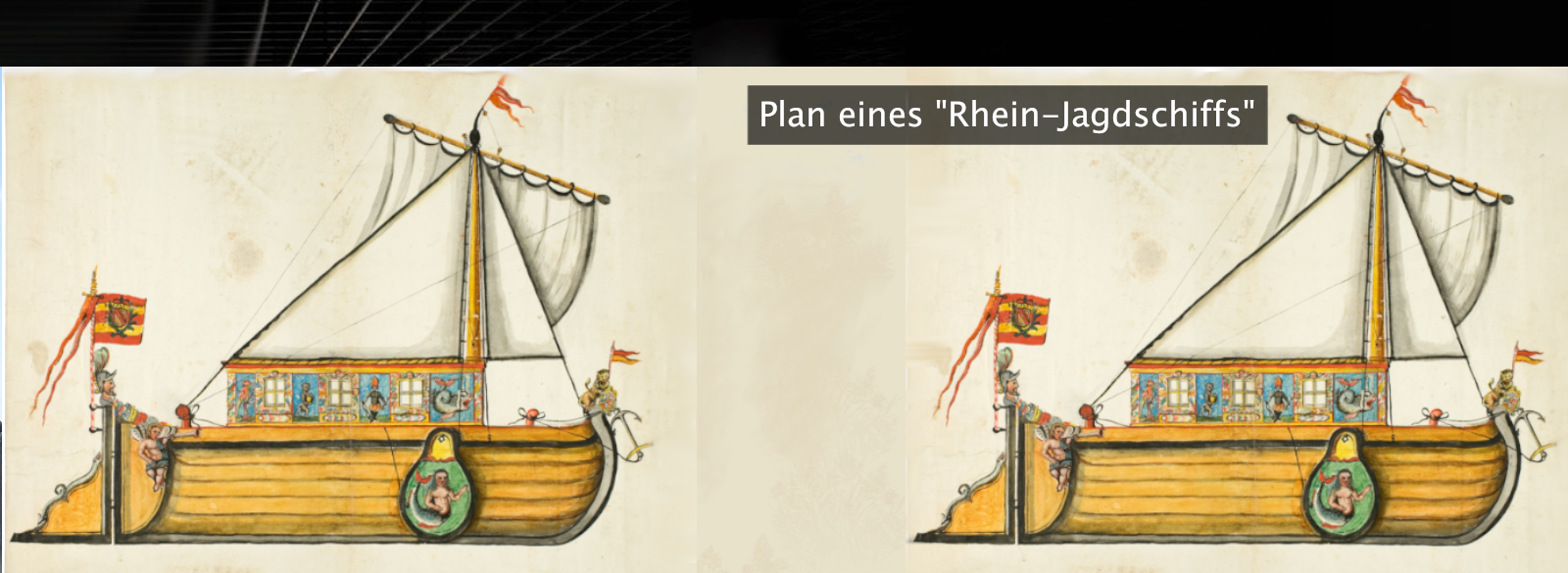
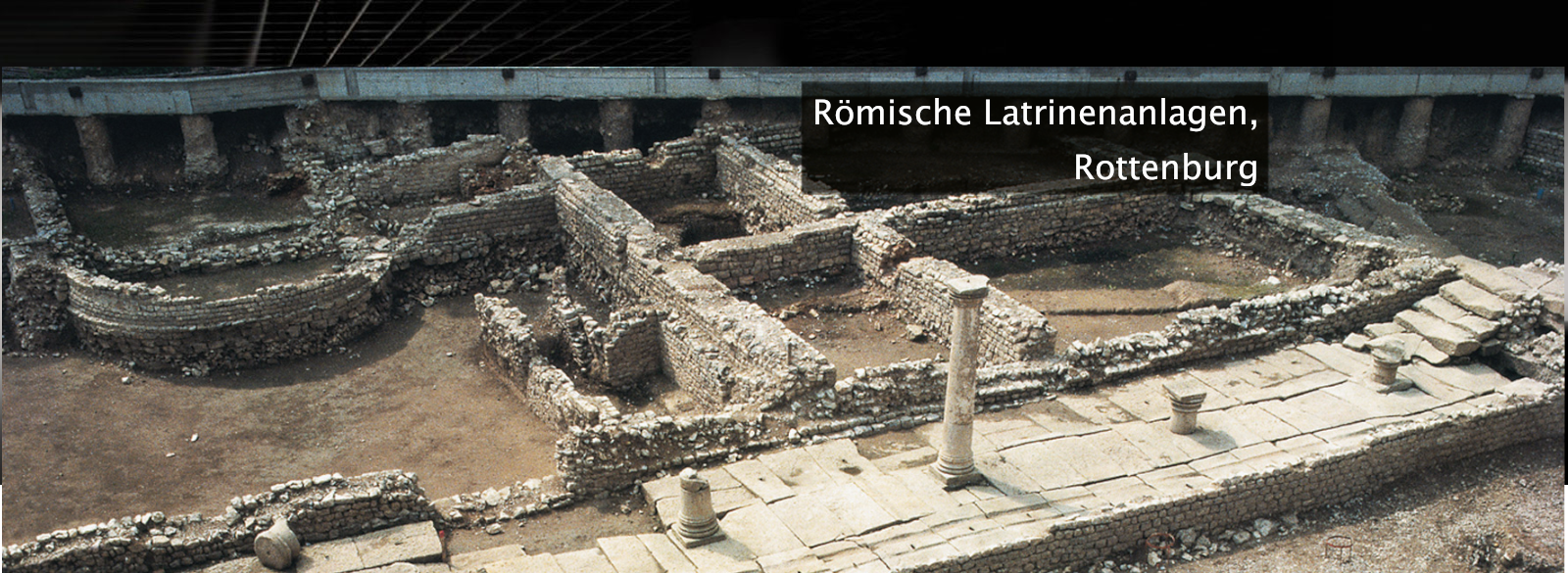

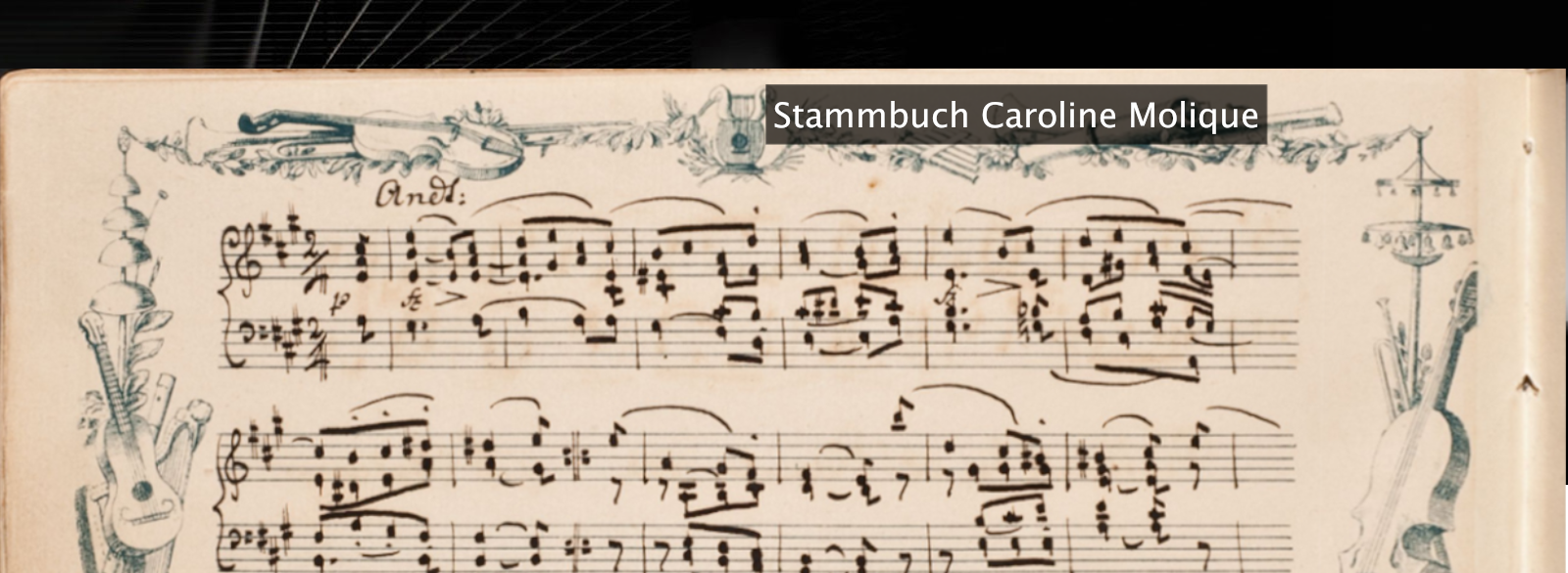
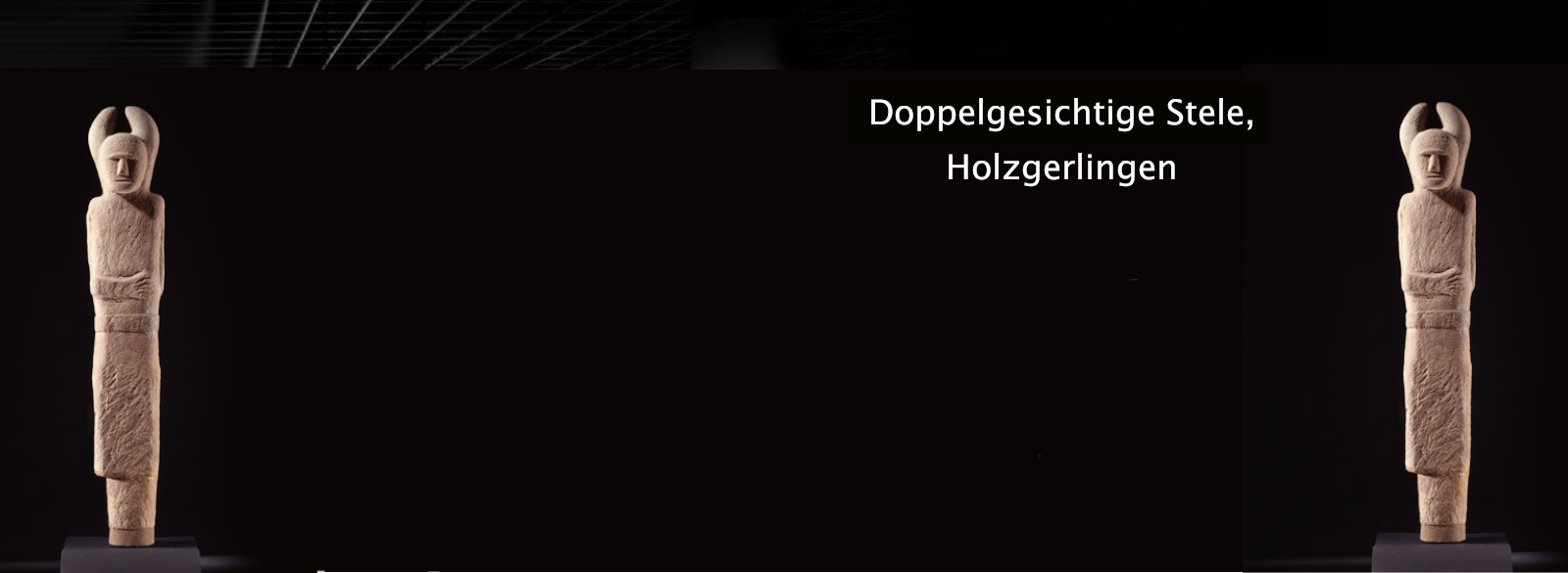
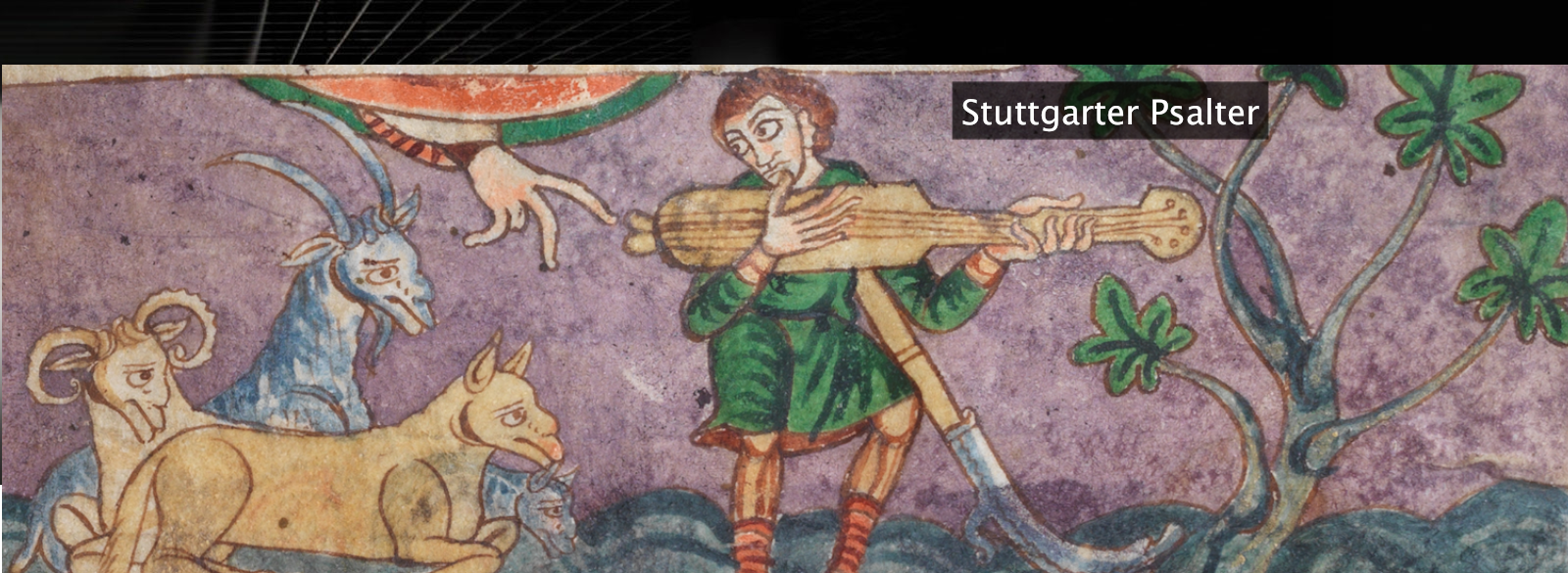

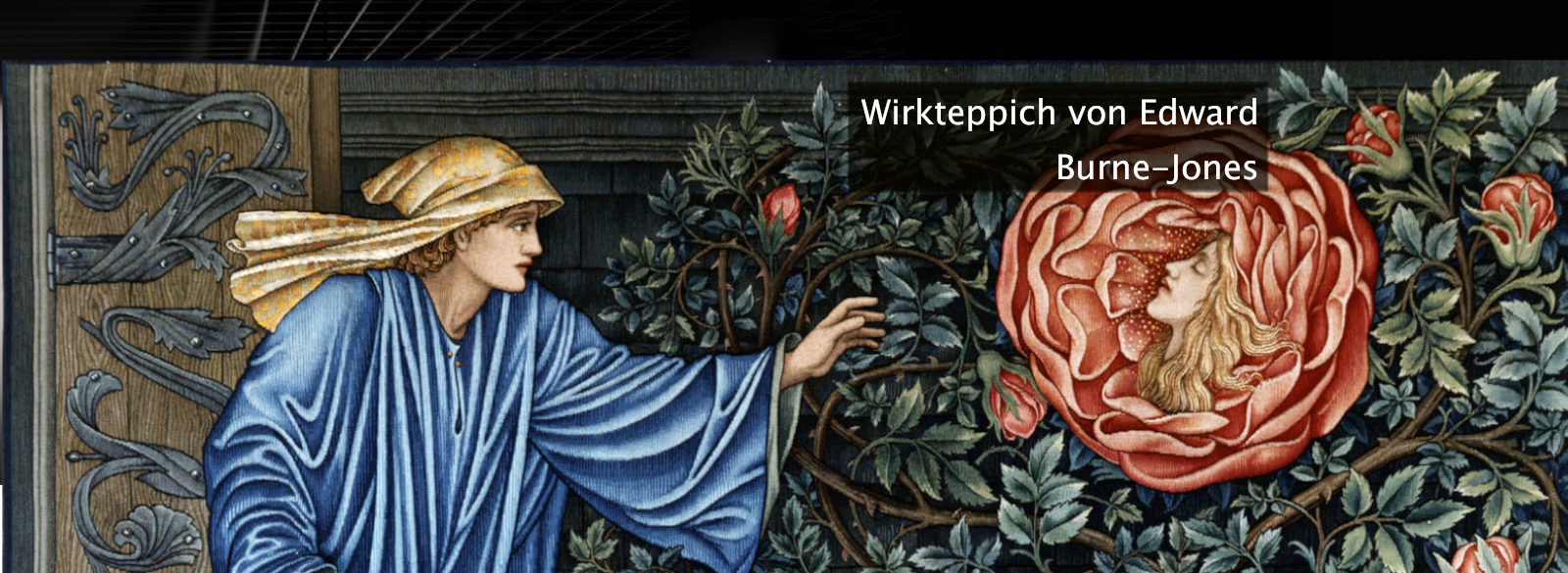
 leobw
leobw